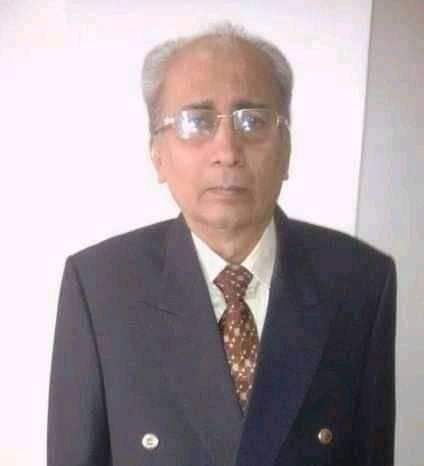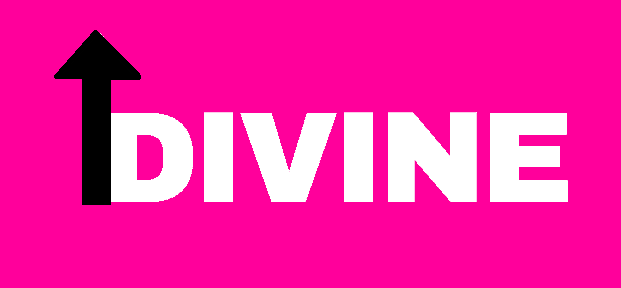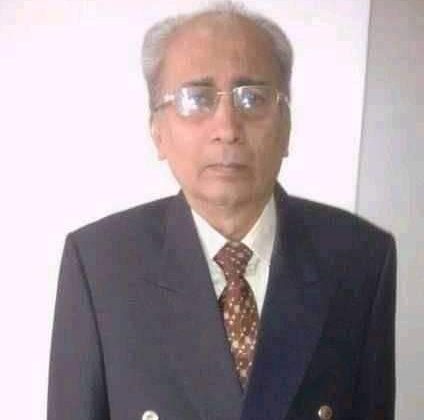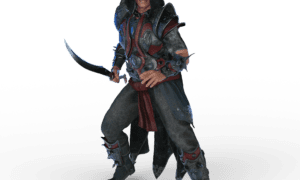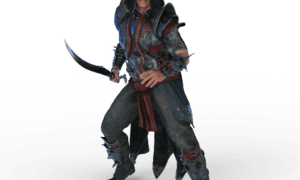“HRD and MANAGEMENT”
HRD for organization development :
For many years now, the term Human Resources Development (HRD) has been bandied about to mean ‘training’ or a logical extension of it. What has to be clearly understood is that while HRD encompasses the entire process of training, it is a much wider concept. Training means educating narrowly, mainly by instruction, whereas development indicates an unfolding process and carries an implication of growth and maturity.
Training, therefore, is to bridge a short-term gap between job requirement and the employee’s present knowledge, attitude and skills whereas development is a long-term involvement and commitment. Training is to meet specific needs but development is more broad-based and concerned with the total person. While training can be piecemeal and sporadic development is an on-going process which needs full support of top management and endorsed as one of their basic organizational values.
HRD is one of the most important functions for organizational growth and development and includes long-term, broad-based activities which would also ensure organizational effectiveness. It is the elixir of the business enterprise.
Need for HRD :
The need for emphasis on HRD for an organization’s growth arises for the following reasons:
Dearth of capable managerial manpower now and a greater need in the future increase the competition on for available talent.
Continued growth and development of business, coupled with increased com complexities such as the problems of size, technology and competition, ass further pressures.
Unsettled political, economic and social conditions do not diminish pressures on a manager.
The need to continually press for improved business performance to improve products, lower costs and increase sales.
Recruitment and selection :
Recruitment is the process of attracting potential applicants. It depends upon factors such as image of the company, salary perks and growth avenues. Selecting is the next logical step and comprises psychological tests, group discussions and interviews. Further, in today’s context head hunters employment exchanges and consultants too facilitate the selection process for companies.
Career planning :
The next phase is to get down to the specifics from General resource planning to career development plan for each individual executive. A career planning program is designed to develop paths by which planning and development helps employees to develop themselves to their fullest capacity and make the best use of their talents from the organizations point of view. A career plan for an individual is developed after consultation with the employee involved. A career plans basic purpose is to unite organizational human planning with individual needs, capabilities and aspirations with the opportunities and challenges available within the organization.
(Ref: By RSS Mani. The Hindu Speaks on Management. 1996 Edition)
…………
BUILDING FOR THE FUTURE
from the Book Managing Technical People by WATTS S. Humphrey of Carnegie Mellon University 1998 Book Edition.
As manager of a function, whether large or small your responsibility is to provide superior products or services to customers. The customers may be external to your business or they may be internal. In any event, your principal focus must always be on meeting your customers needs in a superior way. The people, technologies and processes you employ are means to this end and you must constantly check to ensure that these priorities are clear to you and to your employees. Whenever some technology, process or people issue takes top priority, make sure it is only temporary and that everyone recognizes that the mission is paramount and everything else is a means to this end.
CLARIFYING GOALS:
The First step in a process improvement program must be to clearly define your objectives. The purpose of the process after all, is to do something, and if you don’t clearly define what you are trying to do., you cannot define a good process to do it. Thus, at the outset, start by reviewing the objectives you are trying to achieve for the business.
Next, define success and agree on the long-term goals you will use to measure success. As your employee to help define these goals in terms that will provide them clear and meaningful guidance above all, don’t define these goals in narrow mechanistic terms. Focus on your products and eggs to your organization contributes to the overall business and to the society around you. What is your competitive uniqueness as an organization and end to do you offer that no one else can? Identify your strengths and build on them. Also recognize your weaknesses and ensure that you have them under control.
DEFINING THE MISSION
VISUALIZING RADICAL CHANGE
THE IBM HARDWARE BUSINESS
THE THREE DIMENSIONS OF IMPROVEMENT
THE TECHNOLOGY DIMENSION
SETTING INTERMEDIATE GOALS
WHAT GETS TRACKED GETS DONE
JUST DO IT
THE REWARDS OF LEADERSHIP
=============
DR. MANTRI PRAGADA MARKANDEYULU
Honorary Doctorate in LITTT from ITMUT Brazil
Poet, Novelist, Song and story writer
Hyderabad India
Email : [email protected]
+91-9951038802
+91-8106531738
